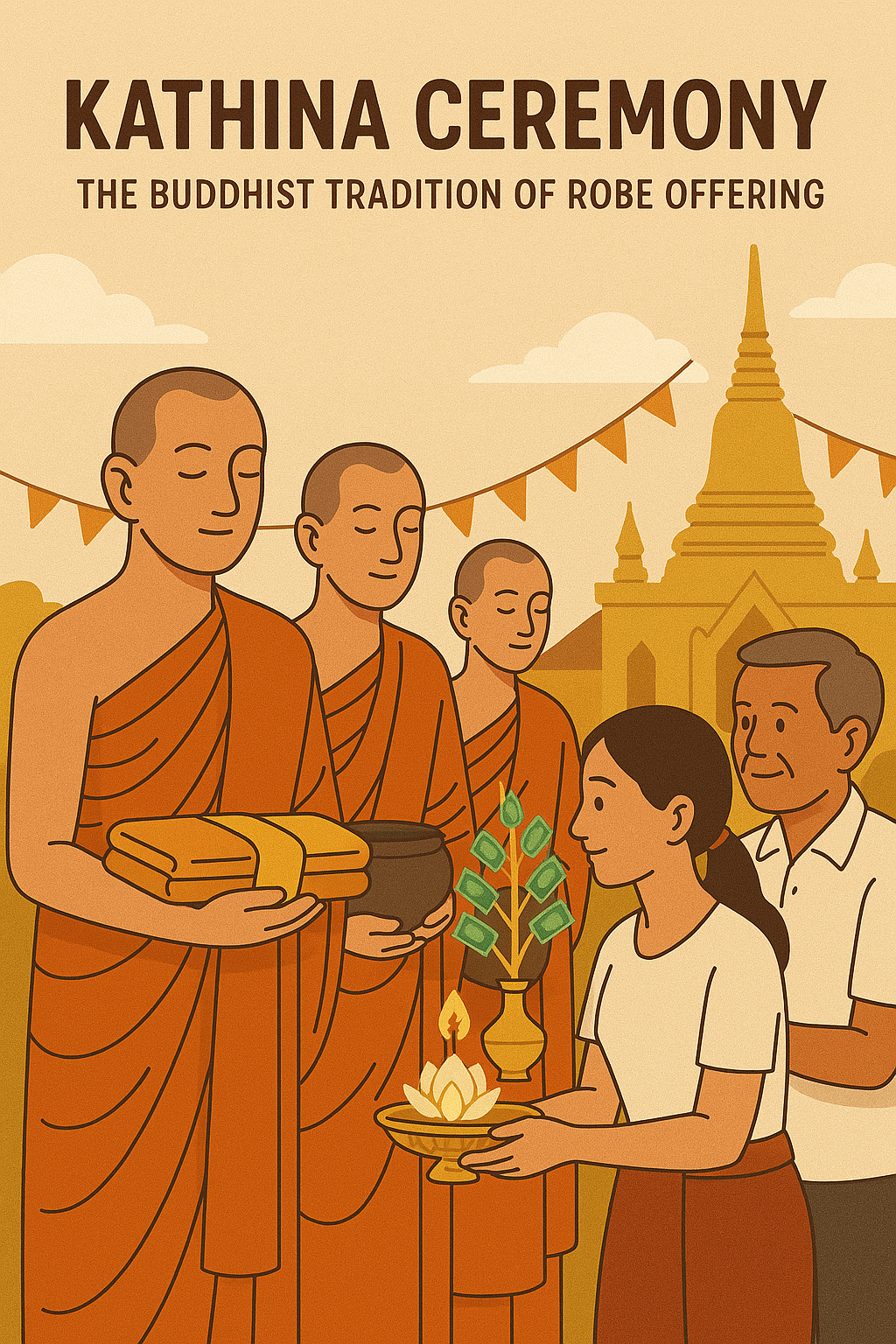While Khmer New Year is Cambodia’s most widely celebrated holiday, Lunar New Year, or Choul Chnam Chen in Khmer, holds deep cultural and spiritual significance for Cambodia’s vibrant Chinese and Sino-Khmer communities. Celebrated mostly in January or February, this festival marks the beginning of the Chinese lunar calendar and is honored with unique rituals, foods, and performances that blend Chinese traditions with Cambodian warmth.
1. How Cambodian-Chinese Communities Celebrate Lunar New Year
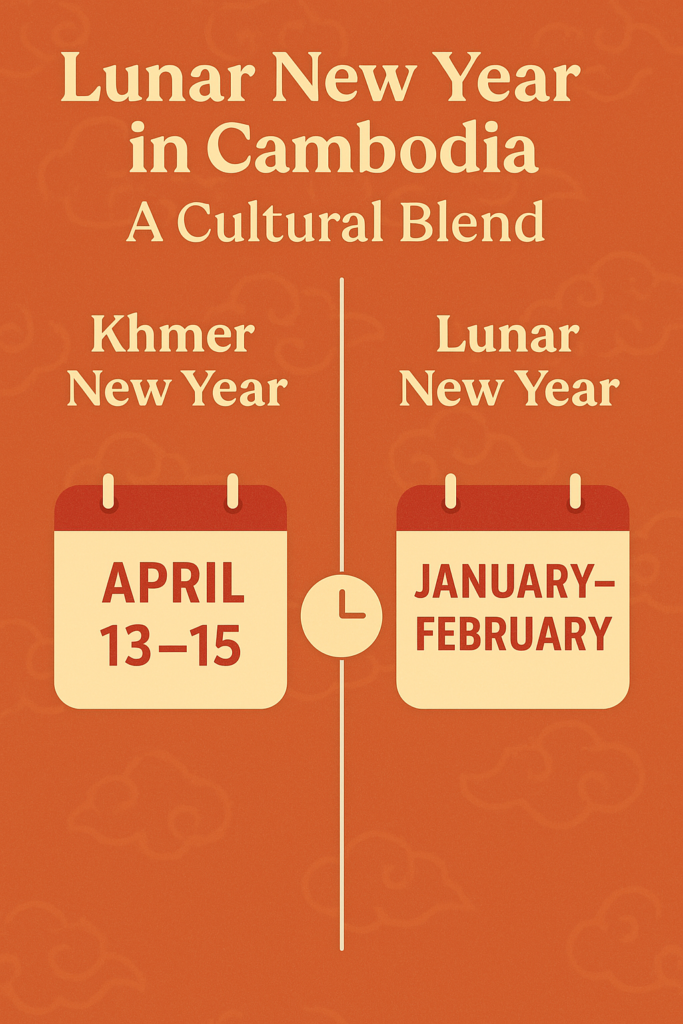
In cities like Phnom Penh, Battambang, and Kampot, families of Chinese descent prepare for the New Year by cleaning their homes, visiting temples, and honoring ancestors. Altars are set up with offerings of incense, fruits, and roast meats, paying homage to departed loved ones and welcoming protective spirits.
The celebrations are family-centered and begin on New Year’s Eve with a reunion dinner, followed by three days of festivities marked by visits to relatives, gift exchanges, and rituals for prosperity and protection.
2. The Importance of Dragon and Lion Dances in Khmer-Chinese Traditions
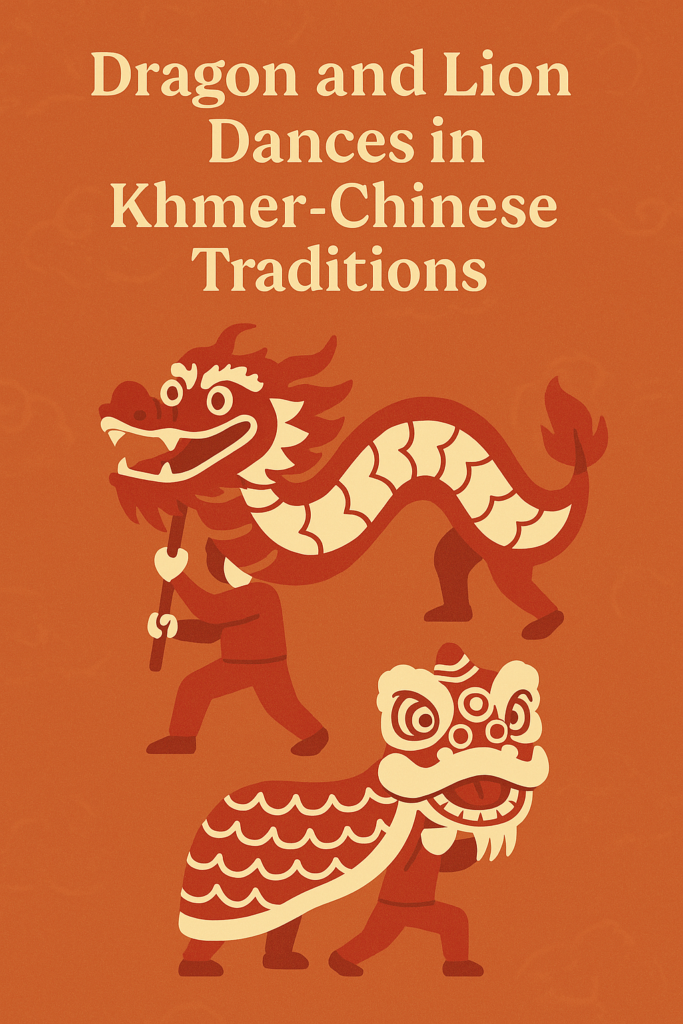
In Cambodian Lunar New Year celebrations, dragon and lion dances are powerful displays of energy and cultural pride. These performances, often organized by Chinese associations and schools, parade through neighborhoods and business districts to chase away evil spirits and bring good luck.
With pounding drums and acrobatic moves, performers dressed in colorful lion costumes visit homes and shops, where hosts offer money-filled envelopes to the lion in exchange for a blessing of fortune. These performances often blend Khmer and Chinese elements, including local music styles and costumes.
3. Symbolic Foods and Their Meanings

Food plays a central role in Lunar New Year, with each dish carrying symbolic weight:
- Whole steamed fish (ត្រីចំហុយ): Symbolizes surplus and prosperity.
- Sticky rice cakes (Num Kom, Num Ansom, or Chinese-style Nian Gao): Represent unity and strong family ties.
- Roast pork and duck: Offered on ancestral altars and symbolize prosperity and family honor.
- Tropical fruits like oranges and pomelos: Chosen for their round shapes and colors, associated with wealth and luck.
In some families, these dishes blend Khmer and Chinese flavors, creating unique cross-cultural menus.
4. The Tradition of Giving Red Envelopes (Ang Pao)
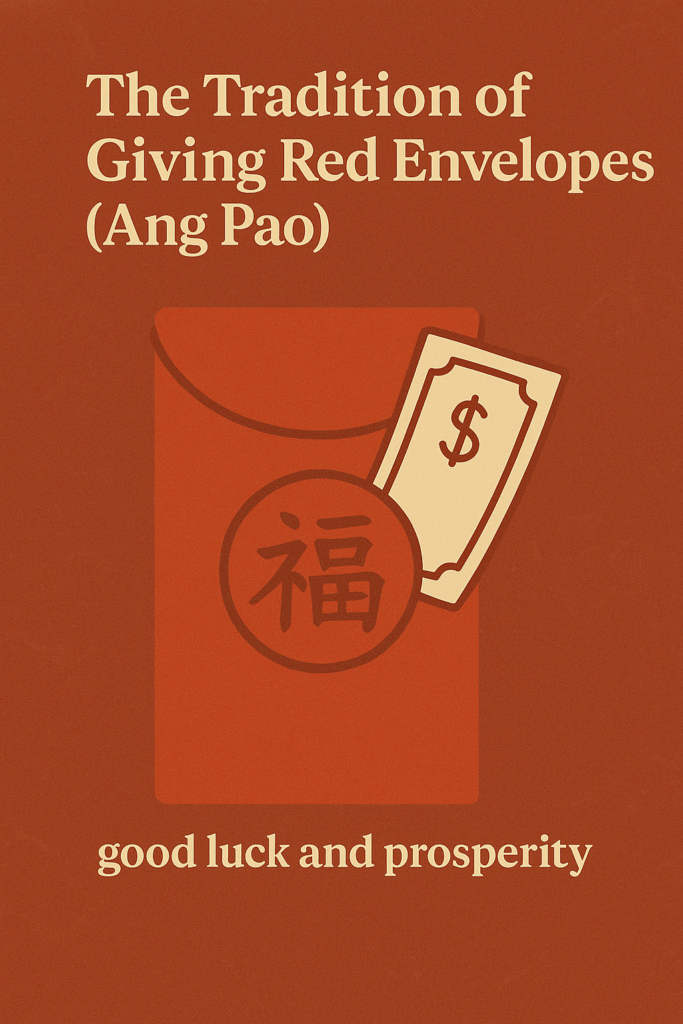
Red envelopes, known locally as Ang Pao (អាំងប៉ាវ), are given by elders to children and unmarried relatives. These envelopes, filled with money, symbolize good luck, blessings, and protection from misfortune.
The act of giving Ang Pao is both joyful and respectful. Children usually greet their elders with polite words or a Sampeah (Khmer gesture of respect), receiving the envelope with two hands—a reflection of cultural courtesy.
5. Firecrackers and Incense: Warding Off Bad Luck
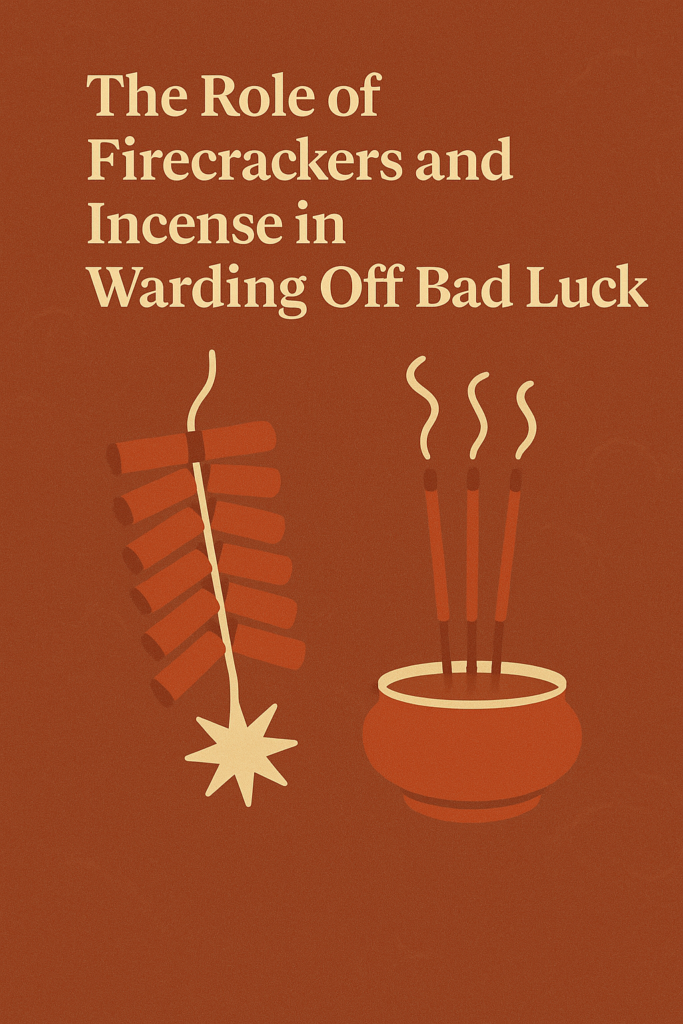
Firecrackers and incense burning are ancient traditions meant to ward off evil spirits and misfortune. In Cambodian cities, especially those with large Chinese communities, loud bursts of firecrackers echo through the streets at midnight.
Families burn incense while praying at altars, often alongside gold-colored paper offerings called joss paper. The smoke is believed to carry messages to the heavens, ensuring protection and blessing for the year ahead.
6. How the Cambodian Lunar New Year Differs from the Khmer New Year

While both are New Year festivals, they differ in timing, traditions, and meaning:
| Feature | Lunar New Year (Choul Chnam Chen) | Khmer New Year (Chaul Chnam Thmey) |
|---|---|---|
| Date | January–February (based on the lunar calendar) | April 13–15 (solar calendar) |
| Cultural roots | Chinese Taoist/Buddhist traditions | Khmer Theravāda Buddhism & animism |
| Primary focus | Ancestor worship, wealth, and protection | Spiritual cleansing, merit-making, community games |
| Festivities | Family feasts, dragon dances, red envelopes | Water games, sand stupas, temple visits |
Despite their differences, many Khmer-Chinese families in Cambodia celebrate both New Years, reflecting the country’s multicultural harmony.
Conclusion: A Festival of Heritage and Harmony
The Lunar New Year in Cambodia is more than a borrowed celebration—it’s a vivid expression of cultural fusion, where Khmer values meet Chinese heritage. It brings families together, strengthens communal ties, and paints Cambodia’s streets with the color and sound of hope for the year ahead.


